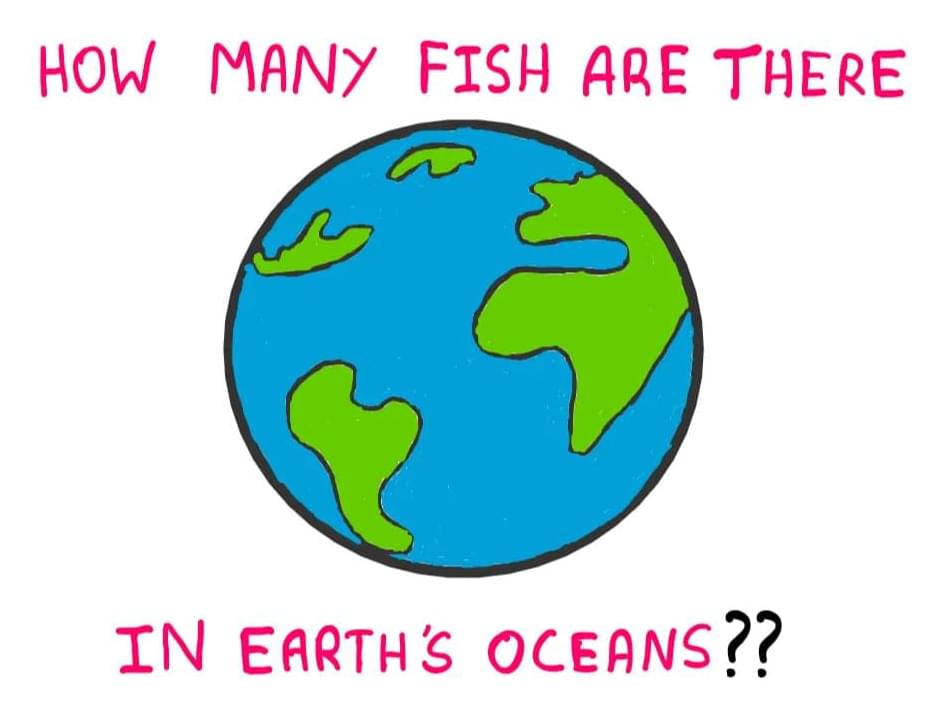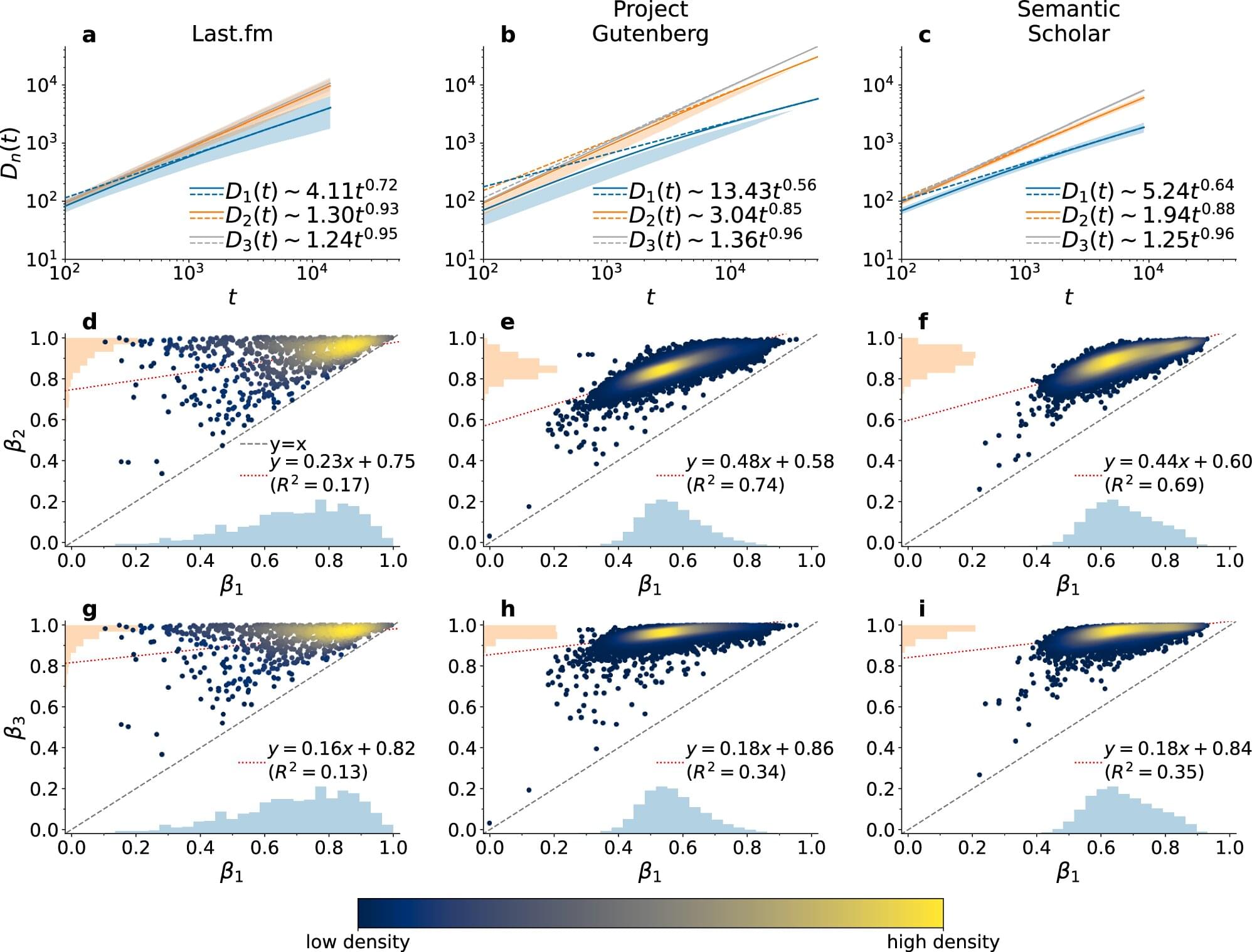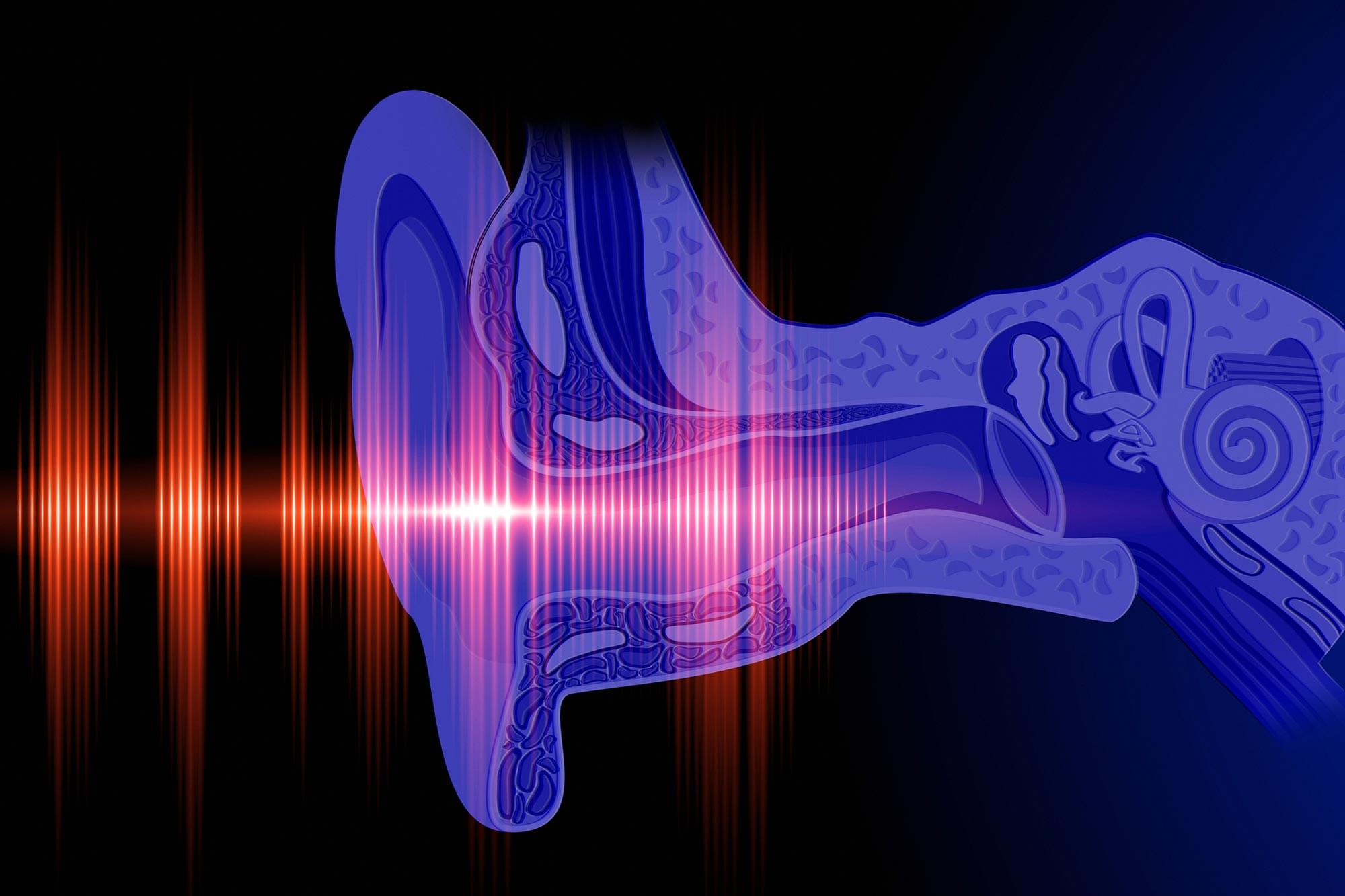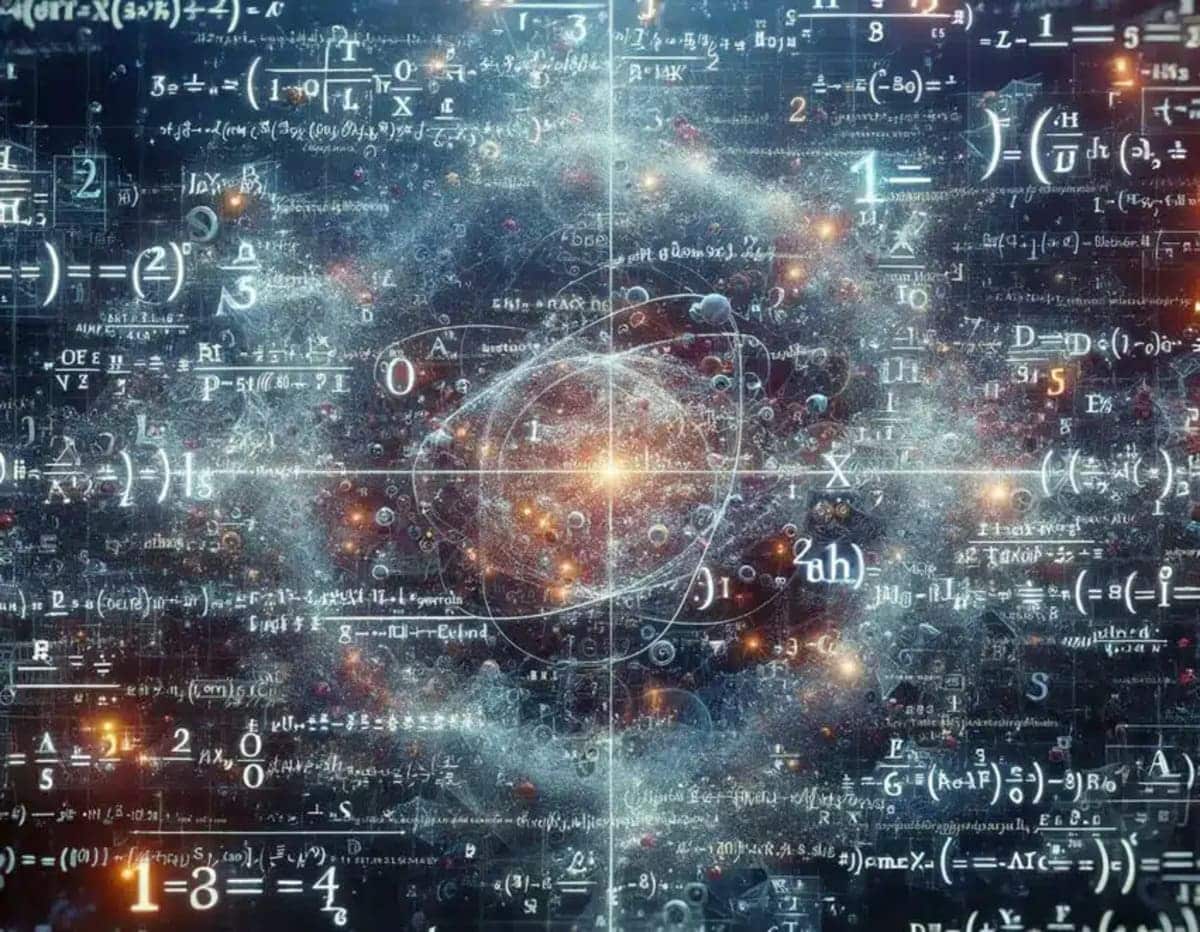The real magic of Fermi problems lies in their imperfection. They remind us that it’s okay to be wrong — as long as you’re thoughtfully wrong. “There are no wrong answers,” says Funk. “It’s about the process.”
No single formula exists. Yet each problem invites the same approach: break it down, make realistic (or at least consistent) assumptions, and trust your critical thinking. “No Wrong Answers” is a common Fermi problem refrain because even if your math arrives at a slightly off result, you’ve shown how you reason. And that, ultimately, is the real answer.
So, the next time you’re faced with a seemingly impossible question — whether it’s How many grains of sand are on all the world’s beaches? or How long would it take to drive to the moon? — grab a napkin and a pen. Start breaking it down. Make some guesses. Do some math. You might just surprise yourself with how close you can get.









